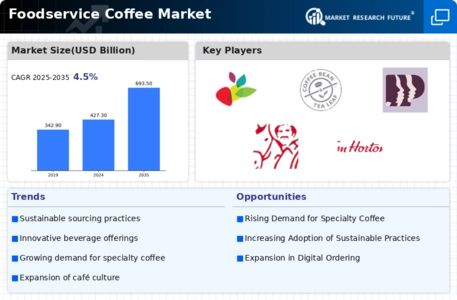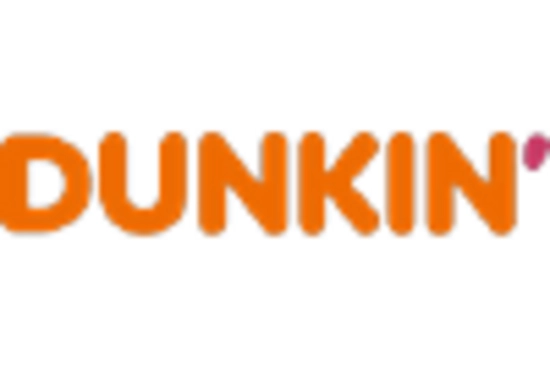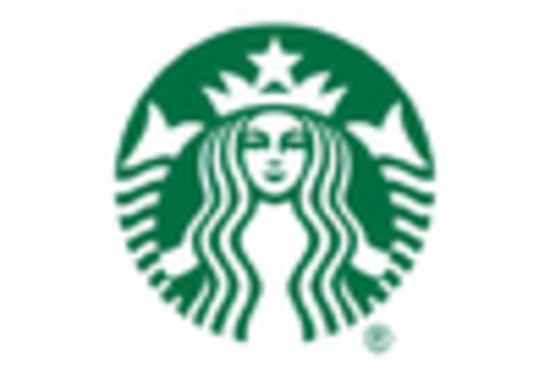Market Share
Foodservice Coffee Market Share Analysis
Within the ever-evolving landscape of the coffee industry, the Foodservice Coffee market has become a focal point, prompting companies to employ diverse market share positioning strategies. A prevalent strategy in this sector is brand differentiation, where companies strive to distinguish their foodservice coffee offerings by emphasizing unique qualities. Some companies may focus on the origin and quality of their coffee beans, while others may highlight sustainable and ethical sourcing practices. This differentiation strategy allows companies to carve out a distinctive identity and appeal to various consumer preferences within the competitive foodservice coffee market.
Cost leadership is another significant market share positioning strategy in the Foodservice Coffee market. Companies seek to position themselves as leaders by offering coffee at competitive prices without compromising on quality. This often involves strategic sourcing of high-quality coffee beans, optimizing brewing processes, and achieving economies of scale. By presenting their coffee as both affordable and premium, companies can attract a broad range of foodservice establishments and secure a substantial market share.
Market segmentation is a widely employed strategy in the Foodservice Coffee market. Companies identify distinct segments within the foodservice industry, such as restaurants, cafes, hotels, or convenience stores, tailoring their coffee offerings to meet the specific needs of each segment. For instance, some companies may provide specialty blends for upscale restaurants, while others focus on convenient and quick-to-serve options for cafes and fast-food establishments. This segmentation enables companies to address the diverse demands of the foodservice market and position themselves as leaders in specific subcategories.
Strategic collaborations and partnerships play a pivotal role in market share positioning within the Foodservice Coffee industry. Companies often form alliances with foodservice providers, distributors, or even equipment manufacturers to enhance the visibility and accessibility of their coffee products. By aligning with reputable entities, businesses can expand their distribution networks, gain exposure to new customer bases, and strengthen their market position in the foodservice sector.
Innovation is a driving force behind market share positioning strategies in the Foodservice Coffee market. Companies invest in research and development to create unique blends, flavors, or brewing methods that set their coffee offerings apart. For instance, introducing cold brew options, specialty seasonal blends, or convenient single-serve formats can contribute to market differentiation and attract foodservice establishments looking to offer distinctive coffee experiences to their patrons.
Effective digital marketing and brand communication are instrumental tools for companies aiming to strengthen their market share positioning in the Foodservice Coffee market. Through online platforms and social media, companies can showcase the quality, taste, and versatility of their coffee products. Engaging content, promotional campaigns, and collaborations with influencers contribute to brand awareness and can significantly impact purchasing decisions within the foodservice sector.
Geographic expansion is a strategic consideration for companies in the Foodservice Coffee market. Identifying regions with a thriving foodservice industry and limited competition allows businesses to establish a strong presence and gain a competitive market share. Adapting to regional taste preferences, complying with local regulations, and forming relationships with regional distributors are key elements in expanding geographic reach and catering to diverse foodservice markets.

















Leave a Comment